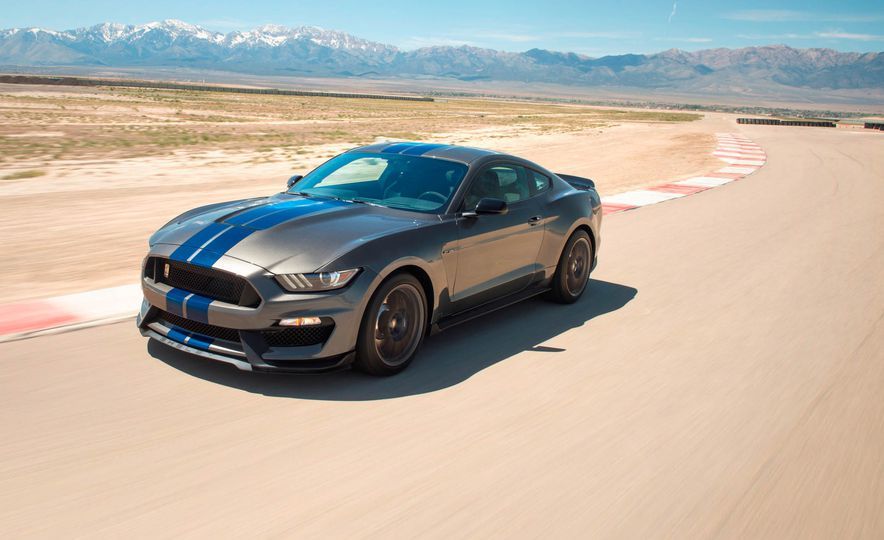
Keil Professional For C51 V812 Keygen By Edge
Download Keil arm keygen edge Sponsored High Speed Downloads. Edge of Darkness R5 XviD-IRS free full download with crack, Keygenserial. V Safe Software FME Desktop v 1 1 Incl Keygen -AMPED IObit Smart Defrag Pro 5 v5. Keil keygen keil keygen free download keil keygen edge keil keygen.rar keil keygen invalid computer id keil keygen arm keil keygen c51 keil generic keygen edge keil uvision 4 keygen keygen for keil uvision 4 arm keygen keil uvision 4 keygen keil 5 keygen keil 4.7 Crack Keil C - ICViet.vn IC. Hng dn cc bc c bn crack phn mm Keil. Rockwell arena cracked.
The balance of power in South Asia has been decisively tipped in India's favour by the US decision on Tuesday to grant it 'major defence partner' status and support its accession to influential clubs of 'good' nuclear states. The joint that emerged after US President Barack Obama and Prime Minister Narendra Modi met at the White House describes an emerging defence partnership in the Asia-Pacific and Indian Ocean regions, an obvious response to China's increasingly muscular assertions in those maritime theatres. In seeking to contain China, however, the US has set aside long-standing diplomatic principles. Hitherto, nuclear-armed states could not gain access to the finest US military technology - specifically, equipment with dual-use applications in strategic weapons - without becoming a signatory to the Non-Proliferation Treaty. Narendra Modi bolsters Indo-US ties with Washington visit US support for countries seeking membership of clubs of nuclear states such as the Nuclear Suppliers Group has also been conditional upon them providing evidence of security measures to prevent illegal proliferation.
Strategic arsenals India has done and, like Pakistan, rebuffed President Obama's at the Nuclear Security Summit in April for them to reduce the size of their strategic arsenals. Instead, India has been granted an indefinite waiver because it is key to the completion of a US-shepherded unofficial alliance of Asia-Pacific powers that feel threatened by China's goal of becoming the dominant power in the region. By extending the waiver to India but not to Pakistan, the US has chosen to between perpetual enemies with the fastest-growing arsenals of nuclear warheads and ballistic missiles in the world. Indian Prime Minister Narendra Modi in front of US Vice President Joe Biden and House Speaker Paul Ryan in Washington DC [EPA] The timing of the US decision is as noteworthy as the decision itself.

India expects to induct its first nuclear-armed later this year, thereby attaining a second-strike capability that will put it on a strategic par with China. It will also give it a marked advantage over Pakistan for the first time - a disparity that will be accentuated when India inducts the supersonic missile it tested in May. Meanwhile, the US continues to pressure Pakistan to reduce its growing stock of battlefield-specific tactical nuclear warheads, its only strategic edge over India and the stated last-resort weapon for Pakistan, to be detonated on its own soil in the event of an overwhelming conventional Indian attack. In the circumstances, Pakistan can be expected to try to keep pace with India. Without access to dual-use technology, it can either source it from the international black market - without which the Indian and Pakistani nuclear programmes could not have succeeded - or it can ask China to resume the nuclear weapons and ballistic missile technology exchanges that ceased in 1992.
The US continues to pressure Pakistan to reduce its growing stock of battlefield-specific tactical nuclear warheads, its only strategic edge over India. In fact, Pakistan asked China to transfer technology for nuclear-armed submarines in 2014 and army chief of staff, General Raheel Sharif, was rushed off to Beijing for a meeting with Premier Li, within days of India's recent interceptor missile test. Hesitant to date, because of the wider diplomatic implications, China might be tempted to agree to Pakistan's requests in retaliation for the US granting major defence partner status to India, which will undoubtedly aid India's quest to become China's military and strategic equal.
Superpower behaviour In the South China Sea, the epicentre of Sino-American tensions, superpower behaviour has been characterised by such tit-for-tat competitiveness. Analiz versha maksima bogdanovicha ramans. China has worked tirelessly to establish a fait accompli by continuing construction of dual civil-military use facilities on artificial islands in the Spratly Archipelago, prompting the US to step up 'freedom of navigation' flights and voyages there for surveillance flights along the Chinese coastline. China has demanded that Washington cease the spy-plane flights altogether and, in the lead-up to annual bilateral strategic talks in Beijing on Monday, said it would be within its rights to establish an air defence identity over the South China Sea. The US responded over the weekend by announcing two red lines: the establishment of the threatened 'identity zone', and any Chinese attempt to expand its construction activity in the Spratlys to Scarborough Reef, which would prompt unspecified ' ' by the US and other nations. China's response was to send a naval vessel into the so-called contiguous maritime zone around the Japanese-administered Islands in the East China Sea on Thursday, the first time Beijing has deployed the military to press its territorial claim. The fact that three Russian warships were passing by at the time may have been a coincidence, but it certainly identifes China's major ally in the region within days of the US saying it was risking diplomatic isolation with its conduct. The 20-plus countries in the region, home to more than half the world's population, are under growing pressure to take the side of one superpower against the other.